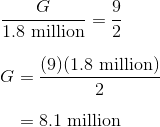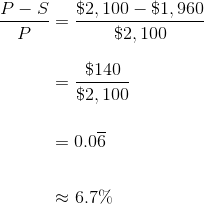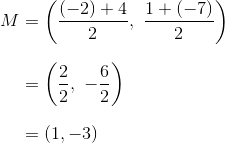This page is part of my unofficial solutions manual to the GRE Paper Practice Book (2e), a free resource available on the ETS website. They publish the questions; I explain the answers. If you haven’t worked through the Practice Book, give Section 6 a shot before reading this!
6.15: Counting Integers
This problem is an illustration of the multiplication principle (also known as the rule of product), which states:
If you have two independent choices to make, one with x different possibilities and another with y different possibilities, then there are xy possible pairs to choose from.
If you have 5 choices of entrée and 3 choices of dessert on a dinner menu, then you have 15 possible choices for your meal. Similarly, if you choose one of 7 ice cream flavors and one of 4 toppings, then you have 28 possible arrangements to choose from. (For some mysterious yet delightful reason, all of the classic examples of this principle involve food.)
In this problem, we apply the multiplication principle by
- figuring out how many possibilities there are for the tens digit (x)
- figuring out how many possibilities there are for the units digit (y)
- multiplying together x and y to get the overall number of possibilities
The tens digit, we’re told, must be greater than 6. Given that restriction, there are 3 possibilities:
{7, 8, 9}
The units digit has to be less than 4, which leaves us with 4 possibilities (don’t forget zero!):
{0, 1, 2, 3}
3 possibilities for the tens digit and 4 for the units digit makes

which corresponds to answer (D). Specifically, the possible integers are
{70, 71, 72, 73, 80, 81, 82, 83, 90, 91, 92, 93}
but you clearly don’t need to list the possibilities to get the problem right. In fact, other problems of this type may make it impractical to enumerate the possibilities directly, which is why (apart from saving time) the multiplication principle is so important. (Consider what this problem would be like if it asked about four-digit integers: listing out all of the valid numbers would be extremely unwieldy and time-consuming, but the multiplication principle would still work just fine.)
Math Review Reference
For more on this topic, see the following section of the GRE Math Review:
- 4.3: Counting Methods (p. 75)









